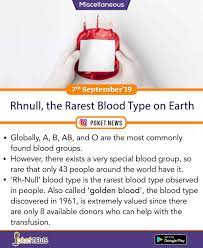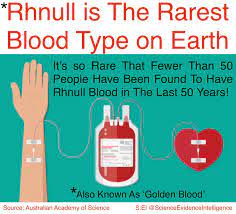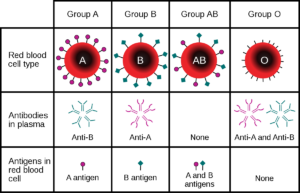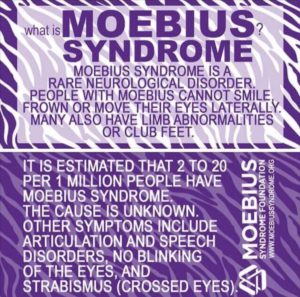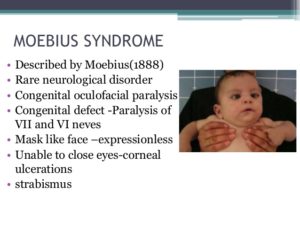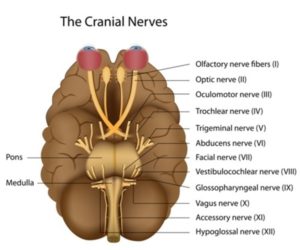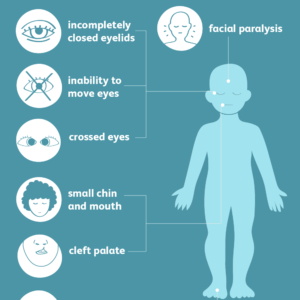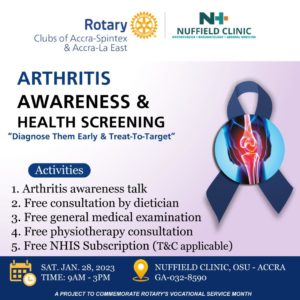
Possible causes of arthritis:
1.) It’s not known what causes inflammatory arthritis in every person, but the general consensus is that something in the environment — a virus, stress or smoking, for examples — can trigger it in people who are genetically predisposed. Recent research has also highlighted the complex and critical role of gut microbes in immune-related inflammatory diseases like RA and PsA.
2.) The trillions of mostly friendly bugs that live in your gut, skin and mouth, collectively called the microbome, regulate immune cells throughout the body and shape how the immune system functions in various diseases. When these vast microbial communities get out of balance due to poor diet, antibiotic treatment, stress or some other factor, they may no longer regulate the immune response in a normal way. This is thought to be one of the key contributing factors to RA and other autoimmune-related inflammatory conditions.
With autoimmune and inflammatory types of arthritis, early diagnosis and treatment are critical. Slowing disease activity can help minimize or prevent permanent joint damage as well as reduce pain and improve function and quality of life. Remission (defined as little to no disease activity) is always the goal, but low disease activity may be a more realistic target for some people.
This is usually best achieved with a combination of medications and a healthy lifestyle — regular exercise, restful sleep, healthy food choices and less stress. The medication depends on the type of arthritis, the severity of symptoms and how well someone responds to a particular drug, which is based on patient to patient (individual). For some people, the first medicine tried may not be the best fit. And some arthritis drugs can have unpleasant side effects or lose their effectiveness over time. It may take a few tries to find the right medication.
Treatments vary depending on the type of arthritis. The main goals of arthritis treatments are to reduce signs or symptoms and improve quality of life through Occupational or Physical Therapy and/or through medications, the old way.
Things that make arthritis worse:
1.)Meds not the case always in resolving the arthritic problem. Conventional medicine through doctors ordering medications (see Dr. David Brownstein’s website for his Natural Way to Health (with his book) to overcome arthritis). Drugs rarely CURE things. We are trained to believe doctors have all the answers with medications or surgeries in resolving our health problem. It’s unnatural with arthritis and many other diagnoses. Natural therapies and good foods are not taken seriously by enough people in America in regards to helping a condition, like arthritis, or even prevention (which should be your first intervention, don’t wait for the diagnosis).
2.)Infection – check if a bacterial infection started your arthritis. If that is the cause antibiotics, low dose some doctors have given to people in studies and have worked. You would think this would be used more often, at least in testing for before just prescribing anti-inflammatory or analgesics meds. If its infection you need to kill the bacteria and the only way to do that it is with an antibiotic which kills a bacterial infection.
3.)DIET – Too many sugars or chemical preservatives and sweeteners which is in the standard American diet. Processed Foods are BAD. The same foods that cause obesity, diabetes and coronary artery disease can easily cause arthritis. Increase your fruits and nuts in your diet. Vitamin C and E are good for you. Pomegrante extract also.
4.) Dehydration– main causes of arthritis. Many simplify the problem. Your joints need water and if not enough it will cause an auto immune response=inflammation and get worse with processed foods.
5.) Heavy metal toxicity-Mercury, Arsenic and Nickel it includes. Not a fluke and mercury is one of the worst metals to have toxic in your body. Fish is the second worst source of heavy metal food. Few things you can do now, eat tuna occasionally. Silver malcum fillings have your dentist remove. Have your doctor do a heavy metal toxicity test on you if you never had one done and with arthritis.
6.) Low or imbalances of hormones=headache, faster aging, fatigue/lethargy, skin wrinkling sooner in life. Synthetic hormones don’t perform as well in your body and can lead to problems. Female hormones can increase your chance to breast cancer for example.
7.) Along with Diet also bodyweight impact on arthritis
Experts say that eating a well-balanced diet is vital when you have arthritis. Not only will you be receiving critical nutrients, you will also be either maintaining or arriving more quickly at a healthy bodyweight. If you are overweight you will be adding extra pressure on weight-bearing joints. Many patients have found that losing just a few pounds made a significant difference to their quality of life. Doctors and nutritionists are more frequently advising arthritis patients to keep sugary and/or fatty foods to a minimum – such as red meat, cream and cheese. You should make sure you are eating plenty of fruit and vegetables, as well as whole grains. Omega-3 essential fatty acids are thought to relieve to some extent the symptoms of arthritis. A common source of Omega-3 fatty acids is oily fish, such as sardines, herring, trout, and salmon. Many of us tend to place large portions on our plate. If you reduce the size of the portions you may lose weight more effectively. Make sure that vegetables and fruit make up a large part of your portion.
How to prevent or decrease arthritis:
1.Maintain a good body weight. You put more pressure on the joints. “Every extra pound of weight you have on is 4 pounds of pressure on the weight-bearing joints, like your knees and hips,” explains Scott Zashin, MD, a board-certified rheumatologist and clinical professor of medicine at the University of Texas Southwestern Medical School.
2.Trade in your high heels. Zashin recommends biking or water exercises for those looking to stay active and practice arthritis prevention.
3.Do non-impact exercises..Zashin recommends biking or water exercises for those looking to stay active and practice arthritis prevention.
4.Use better body mechanics. When performing physical tasks, like lifting objects, how you hold your body (and any weight you’re carrying) matters. “People with bad body mechanics may be predisposed to develop arthritis,” says Zashin.
5.Avoid injuries.“Avoiding injury will decrease the risk of developing arthritis later in life,” says Zashin, who points out the connection between injuries and osteoarthritis in football players who develop arthritis pain years after retiring. Though most women aren’t playing football, other injury types can cause problems.
6.Check your vitamin D. According to the National Institutes of Health, about 60 percent of Americans are deficient in vitamin D, and women, especially African-American women and those of menopausal age, are especially likely to be lacking adequate levels. Asking your doctor to check your vitamin D levels is a smart move for arthritis prevention. “Patients who have adequate levels of vitamin D have less progression of osteoarthritis,” Zashlin says.
7.Stay hydrated. Another reason to drink more water: arthritis prevention. The cartilage in our joints is made up mostly of water, which is what makes it such a great cushion for the joints. When we’re dehydrated, water gets sucked out of the cartilage and it’s more easily damaged by wear and tear. This can be seen in people with osteoarthritis of the spine or degenerative disk disease, says Zashin.
